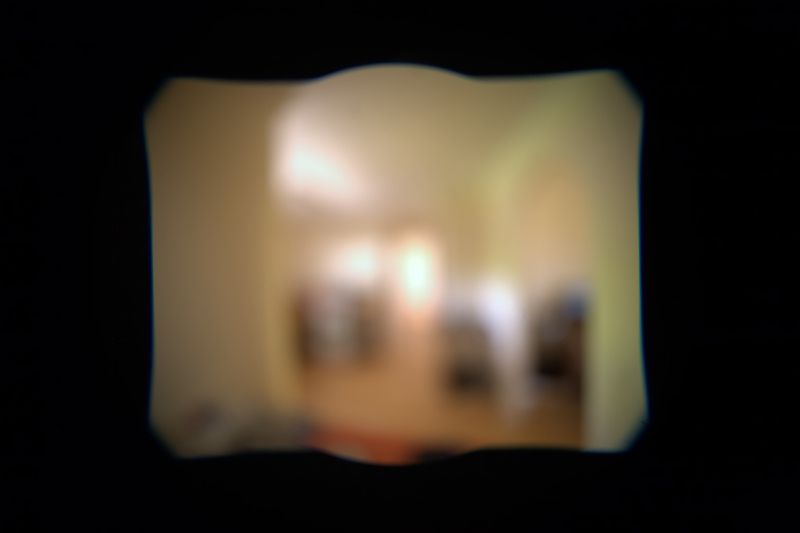We are on the same page. The Pro OM-D could attempt something similar, although IBIS might be the main problem.Mal_In_Oz wrote:
Thanks Amalric, I did a search and stumbled on this thread:amalric wrote:
BTW is you are really interested in what would be available with the present image circle, or a slightly larger one, the specialist is Riley. He did some awesome calculations. He is sometimes here, having a GH2, but mostly at 1022.
So if you do a Search there, you can get all his work. He was already discussing the issue some 2 yrs. ago.
http://forums.dpreview.com/forums/post/40758855
The key points are similar to mine, with the addition that a sensor of 18.8x18.8 would still provide all aspect ratios from 16:9 to 9:16. Personally I like the idea of even larger to provide for partial rotation to correct a wonky horizon without adjusting the tripod, or losing resolution in post. That would require the full image circle to be covered, or 21.63x21.63.
An important point that wasn't discussed was why we would want to use a smaller image circle with a larger sensor. The reason is so we can retain the tiny lenses. I like the fact that I can put a few lenses in a small kit bag and hardly notice that I am carrying them. So to keep those lenses and maximise the images we can take with them, seems like a great idea.
I don't expect Panasonic to come back from their current position with the GH3. That is, no oversized sensor. But I think it would be a killer move for Olympus if they can shoehorn a big sensor into a revised IBIS for the new Pro OMD camera. There is something cool about taking up someone else's discarded idea and making it work, that really rings with me.
My idea is also that nowadays if you change the sensor's format you don't need to provide a full blown system of lenses, just a few make do, if you keep backwards compatibility with the older format. Most people buy only an additional lens or two anyway.
Marketing might push in a similar direction since people seem hypnotized by the Megapixel count. I am not, but I would enjoy using legacy lenses closer to their original focal range.
Am.




